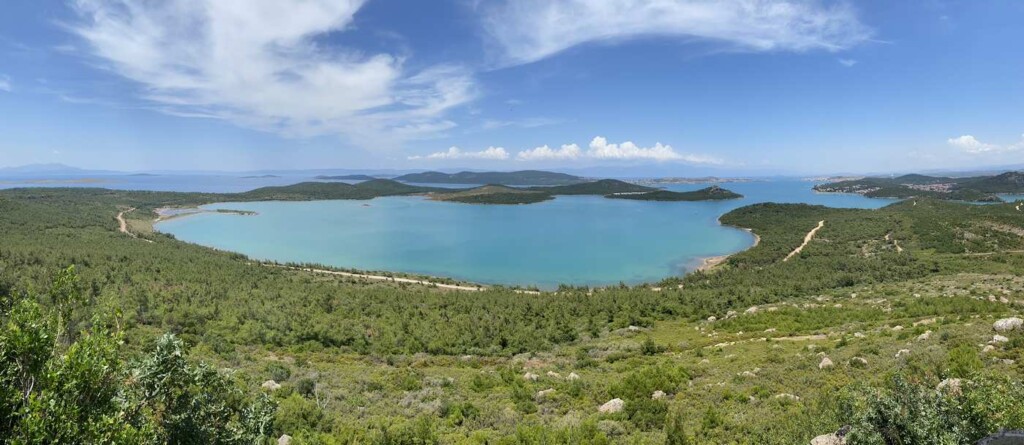In a remarkable melding of history and discovery, a dedicated team of female archaeologists has uncovered a treasure trove of ancient artifacts in Ayvalık, Turkey. Their findings could reshape our understanding of how early humans ventured into Europe, revealing a hidden chapter of our migratory story.
Over the years, we’ve understood the journey of early humans into Europe largely through well-documented migration routes coming from Africa through the Middle East. The most commonly accepted paths took travelers through the Balkans and Levant. However, researchers have recently turned their eyes to the Aegean coast, specifically a small area in Ayvalık. This little-studied region has been brought back into the spotlight with the discovery of 138 stone tools across ten sites. These findings may hint at a previously overlooked passage for ancient humans exploring the landscape thousands of years ago.
Dr. Göknur Karahan, an archaeologist from Hacettepe University, expressed her joy at the findings. “It was a truly unforgettable moment for us,” she reflected, clearly moved by the experience. “Holding the first tools in our hands brought a wave of emotions. Each discovery felt like a shared excitement among our whole team, revealing that this region could have been a significant land bridge during the Pleistocene era.”

During the Ice Age, sea levels dipped dramatically, unveiling large expanses of land that are currently submerged. What we now recognize as the islands and peninsulas of Ayvalık once formed a bridge, connecting Anatolia to mainland Europe. The artifacts were recovered along the present shoreline, providing compelling evidence that this area was once inhabited by early humans roaming the landscape.
Dr. Karahan’s motivation shines through her words as she adds, “We believe Ayvalık might be a new frontier in human evolution, reshaping our understanding of early human movement. With these fresh insights, we’re uncovering an entirely new page in our shared story of progress.”

Previous efforts to study this area have been hampered by challenging environmental conditions and sediment layers that have made it hard to discover early human activity. Nevertheless, this extraordinary team has shown resilience and resourcefulness, uncovering artifacts that include Levallois-style tools, a hallmark of Neanderthal and early Homo sapiens technology.
“Finding these iconic stone tools was a significant moment for us,” Dr. Karahan elaborated. “These flake tools hold a special status in Paleolithic archaeology, representing advanced craftsmanship that connects our ancestors across continents.”
The collaboration among the researchers emphasizes the importance of interdisciplinary efforts in uncovering more about our past. They advocate for deeper explorations in Ayvalık that will integrate various scientific methods to pinpoint when these tools were made and used.
Ultimately, the story of human migration is continuously evolving, shedding light on how interconnected our histories are across time and space. As we learn more about these remarkable early people, we deepen our appreciation for the shared journey that unites us all.
SHARE This Emotional And Inspiring Discovery Of Our Ancient Past…
If you would like to see similar good news stories click here & Share this to brighten someone’s day.





